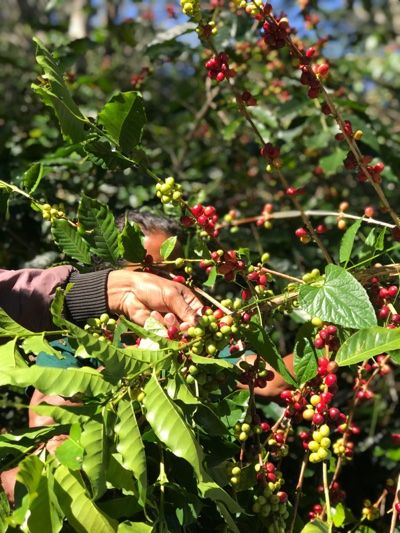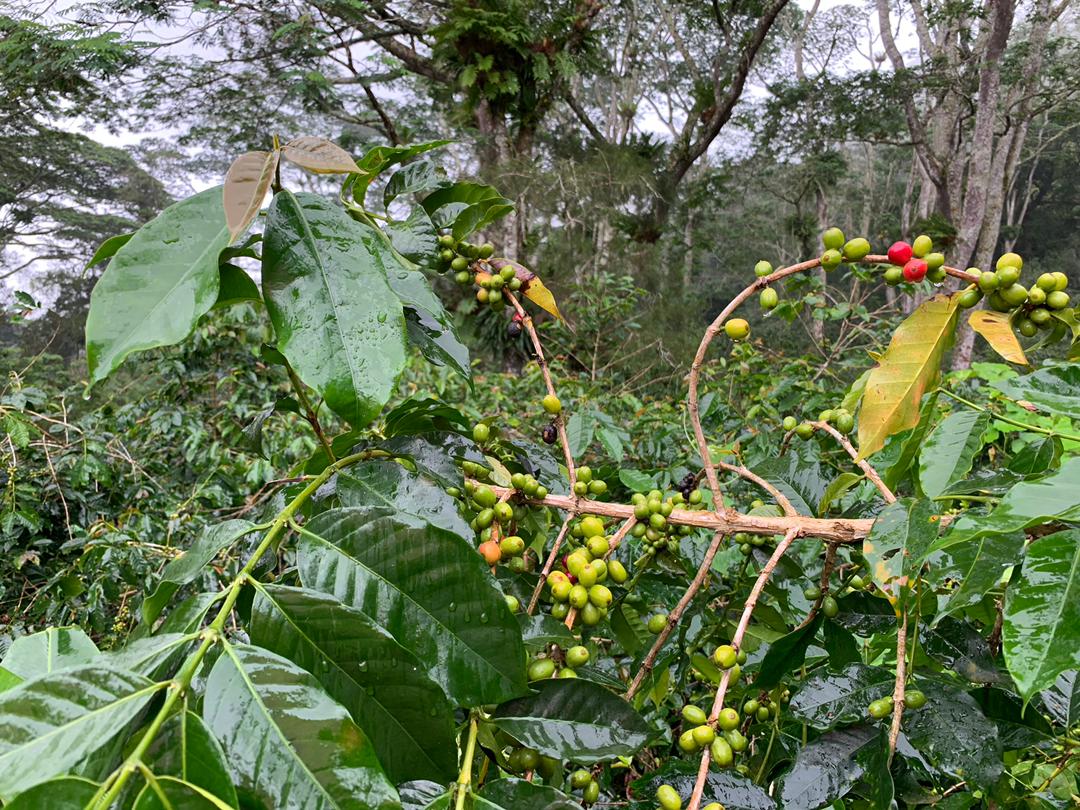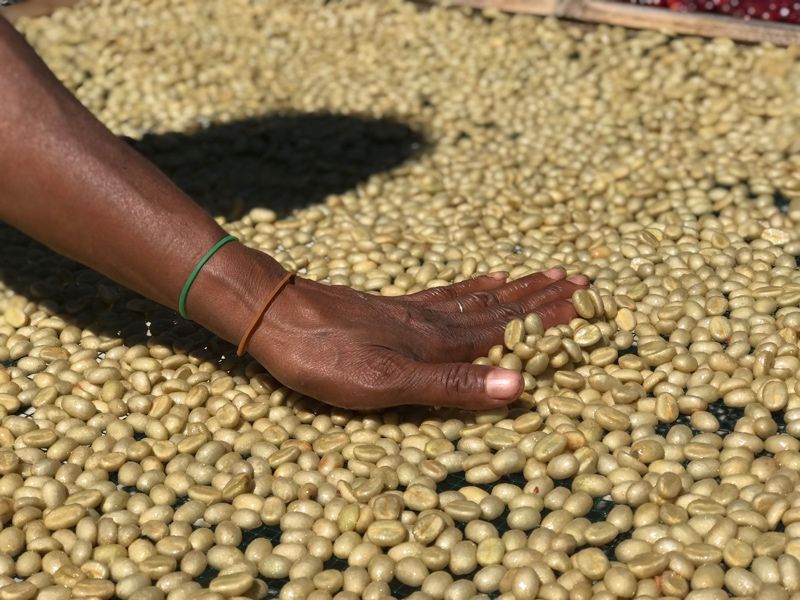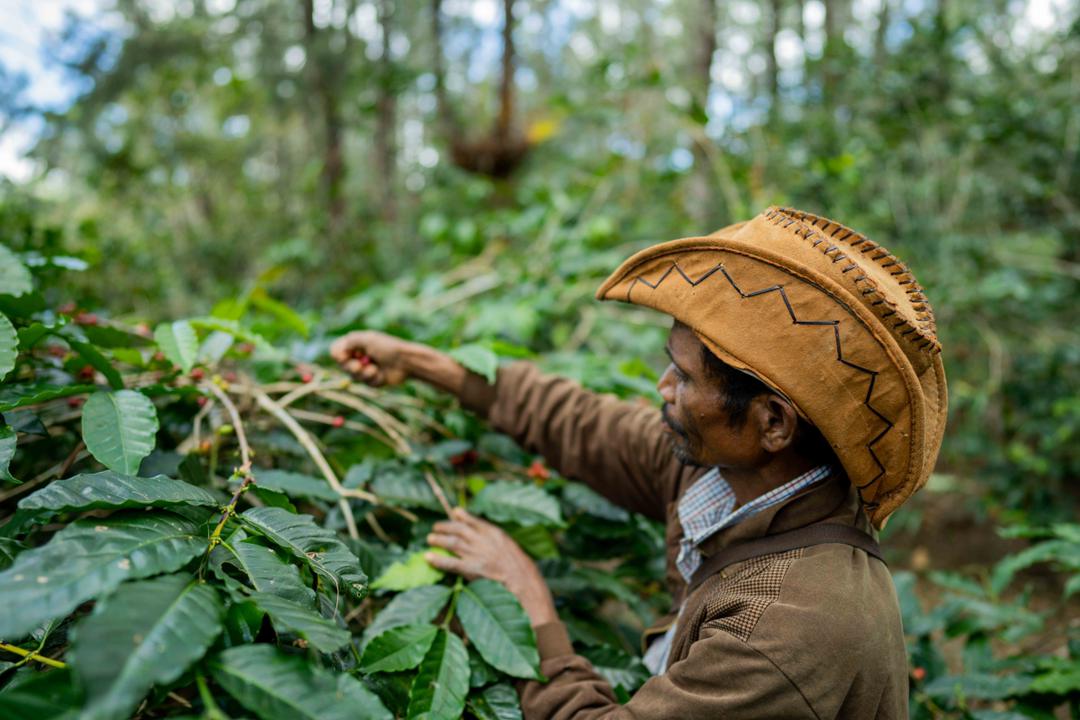To explore the origins of Hibrido de Timor (HdT) coffee, one must go on a steep and strenuous drive through unpaved roads into the highlands of the small island state Timor-Leste. 25 years ago, this country was embroiled in a brutal fight for independence and the dense jungle-like forests up in the mountains served as a refuge for the Timorese suffering from Indonesian occupation.
The forests remain wild up in the Timorese mountains and so does the coffee. They provide the ideal conditions for Timor’s signature coffee variety Hibrido de Timor (HdT), a naturally occurring hybrid between Arabica and Robusta, which was discovered during Portuguese colonisation in the 1920s.
In 2019, I spent several months in Timor-Leste as part of a work assignment. Extremely delighted about having ended up in one of the rare Asian countries with a coffee drinking culture. But:
I was not yet aware about the key role this fairly unknown Timorese coffee plays for the future of the global coffee industry.
Arabica coffee (coffea arabica) is the first choice for most coffee enthusiasts making up about 70 percent of the world coffee production. Robusta (coffea canephora), although often perceived as inferior in quality, is gaining more and more popularity within the coffee community and makes up the rest of the world coffee production except for a tiny fraction of Liberica coffee. What most coffee drinkers do not know: There is a whole world of other coffee species out there that are not commercially used. Yet.


Coffee forests in Timor-Lesteboth images: © Karst Organics https://karstorganics.com
Two kind of coffee dominate the world market
Roughly 130 wild coffee species are known, some of which have extremely interesting traits for coffee development including naturally occurring low to zero caffeine content and interesting taste notes. Most importantly, there are wild coffee species that are more resistant to climatic stressors such as drought and pest and diseases and therefore offer an important opportunity for climate change adaptation, which is increasingly a matter of concern for coffee producers.
Climate Protection through Biodiversity
Coffee, especially the popular Arabica coffee, is a crop that is highly susceptible to climatic factors. Extreme weather events, pests and diseases are already putting pressure on coffee production and the more than 100 million smallholder farmers whose livelihoods depend on coffee.
Scientists project that by 2050 around half of the coffee growing regions will become unsuitable for coffee production. Rains will become more erratic and infrequent, droughts will increase in severity and frequency and rising temperatures offer a breeding ground for pests and diseases, such as the dreaded coffee leaf rust, which can wipe out whole harvests.

Whilst there is no single solution to such complex challenges, wild coffees species are a critical component for helping farmers to cope with those risks. The traits found in these plants are essential for scientists to develop climate-resilient coffee varieties. Some of the wild coffee species, such as the recently discovered Stenophylla coffee, could even offer a tasty and drought-resilient alternative to Arabica and Robusta coffee.
Extreme climate conditions harm crops
Hybrid coffee varieties, either crossbred or wild grown are also viable candidates to diversify the coffee sector. The outstanding combination of the naturally occurring hybrid Hibrido de Timor, which has the quality of Arabica coffee and some of the disease resistance of Robusta coffee, places Timor-Leste at the centre of exporting wild and climate-resilient coffee.
When we realised that the coffee grown in Timor-Leste is an easily accessible climate-resilient hybrid, the idea of our business HyCoffee was born. HyCoffee’s vision is not to add another interesting coffee to the already saturated German coffee market.
We want to raise awareness about the impacts of climate change on coffee production and the existence and importance of wild coffee species to help farmers adapt.
Depending on the variety, it can take up to five years for coffee trees to reach maturity. Once planted, trees can be used for coffee production for up to thirty years. Coffee planted today will bear the full burden of climate change in the coming decades.
In the long term, we therefore plan to grow and sell wild coffee varieties to give consumers and farmers the opportunity to choose a sustainable coffee that is not only providing income for farmers today but takes into consideration their future – to save rural livelihoods and a good cup of coffee.
Sophie von Loeben is co-founder of HyCoffee. She worked for the United Nations Agriculture Organization for several years.
Headerpicture: Coffee farmer harvesting in a coffee forest on Timor-Leste; ©Karst Organics


















